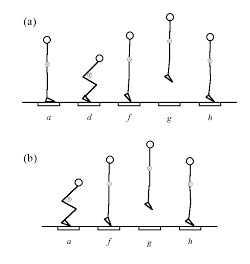I did a weird activity and now I am trying to figure out the physics behind it:
While sitting on a chair I kept my feet above the ground and tried to move the chair forward. I was able to. Initially, I thought that perhaps the center of mass won't be changing as I was pushed backwards. But I moved the chair for a while and saw that it had moved a considerable distance and I was still sitting on the chair. Hence the center of mass did change for sure. According to Newton's second law, there must be an external force acting on the system(me and the chair). But I am not able to figure out what force is it. I have a feeling that it is somewhere related to the fact that the system is not completely isolated but I am not sure how.
Note:
I am not in contact with the ground or any other object close to me. I have lifted my feet and have my hands on my lap.


